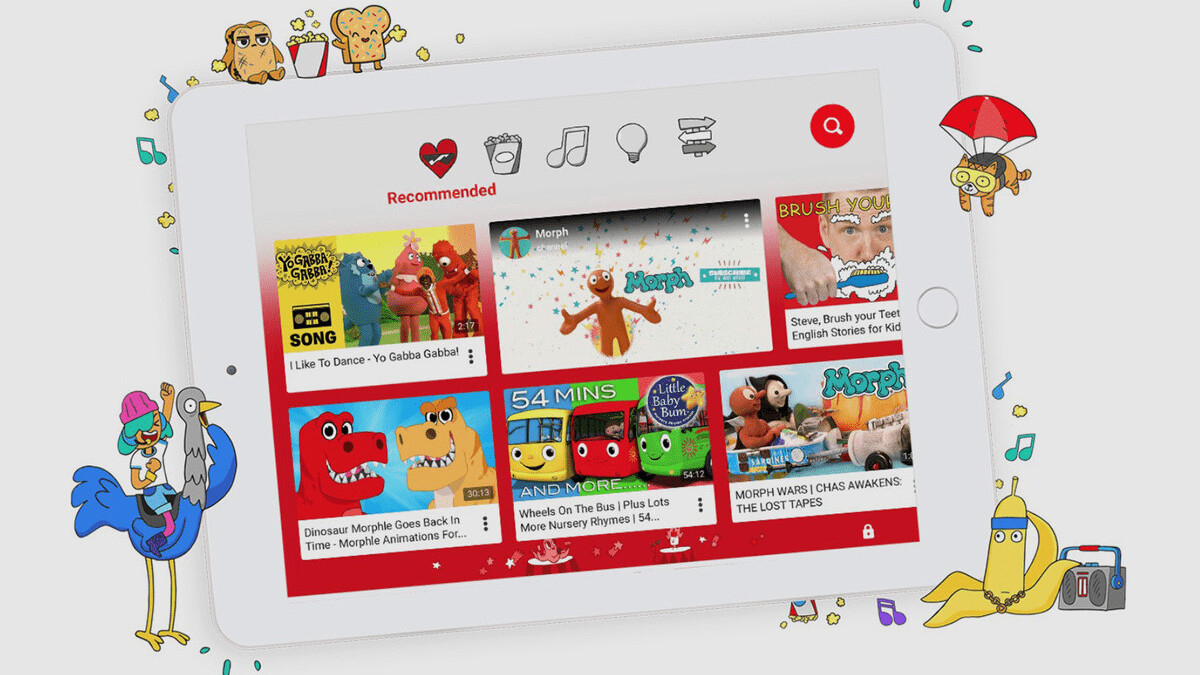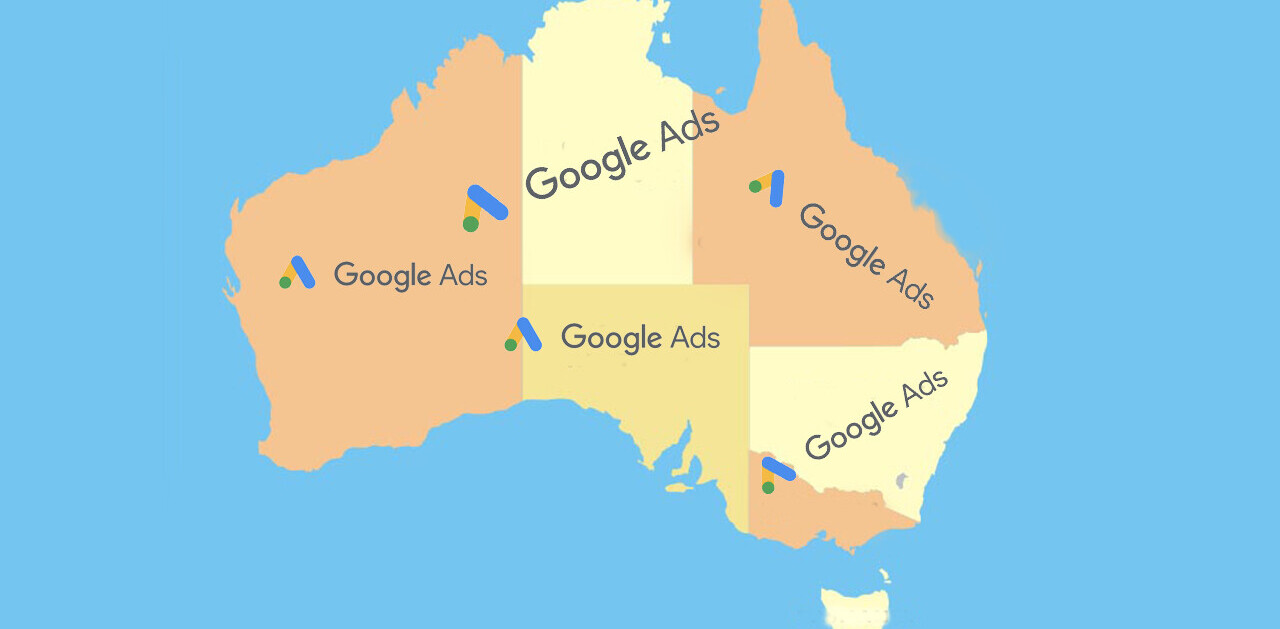YouTube just changed a major rule for anyone who uploads videos, ostensibly to protect kids — but now content creators are confused as to how to follow it.
Starting next year, all YouTube content creators will have to tick a box when they upload a video, indicating whether or not said video is “kid-directed.” Creators will also have to categorize each of their previously uploaded videos and even their entire channels the same way. Content for kids in this case means children are the primary audience or the content that is “directed to children but children are a secondary audience,” to use YouTube’s own words.
Earlier this year, YouTube agreed to pay the Federal Trade Commission $200 million to settle an investigation. The FTC was attempting to determine whether the site had violated the Children’s Online Privacy Protection Act (COPPA). Under COPPA, sites cannot collect information on children without the consent of their parents, or at least without providing a means for the parents to control what’s being collected.
YouTube has an extensive list of characteristics of a “kid-targeted” video, including “includes characters, celebrities, or toys that appeal to children, including animated characters or cartoon figures,” “includes activities that appeal to children,” and “empirical evidence of the video’s audience.”
Of course, this leaves creators in an odd position. Any video they mark as being for children will not have a comments section, info cards, personalized ads, or a number of other things many video makers rely on. Such videos would probably not net the creator much revenue — TubeFilter estimated the lack of personalized ads could cut revenue by up to 90 percent per video.
So what happens if they just don’t mark the video as being for kids? Well, if the video is ruled to be for kids without having been labeled as such, the content creator could be sued by the FTC directly. If they don’t set their audience, YouTube also warns it can set it for them.
As you might expect, YouTubers are not pleased with the changes. Several have questioned whether this applies to any content that a child might watch — gaming videos that feature kid-friendly games, for example — are required to comply with this. If you search for “COPPA” on YouTube, you can see video after video from the last few days of creators attempting to determine whether they’ll be able to continue making their old content.
This new rule goes into effect on January 1, 2020.
Get the TNW newsletter
Get the most important tech news in your inbox each week.





